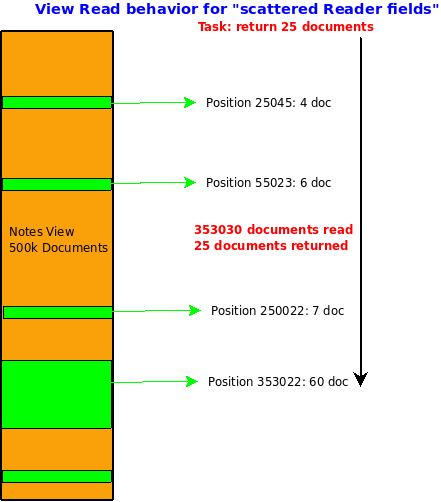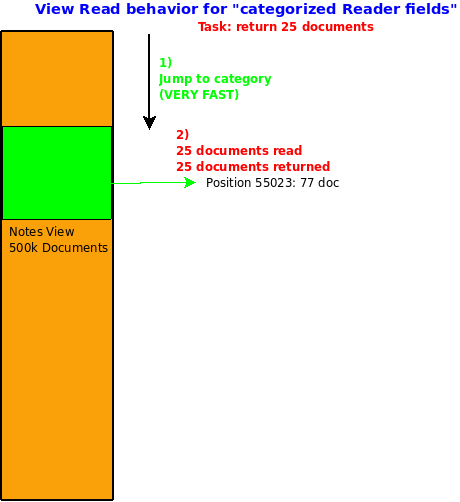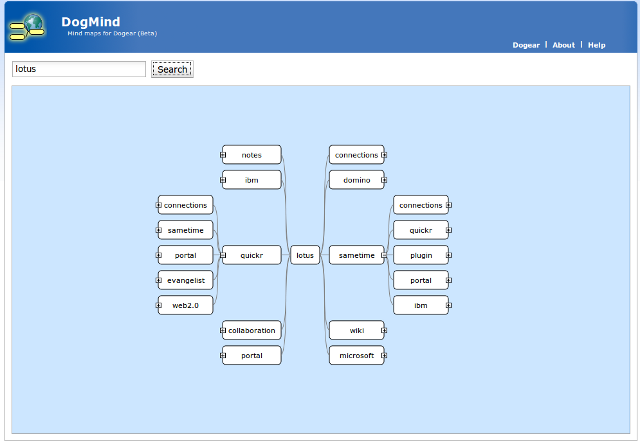
The "Buy American" provisions of the US stimulus package has caused quite a stir. The Economist likened them to the raise of
long buried zombies. However there seems still the voice of reason available in all that madness. A broad coalition of US and multi-national organizations has formed
expressing their concern to the president and the senate leaders. The list reads like the who is who in business: ABB, The ACE Group of Insurance and Reinsurance Companies, Advanced Micro Devices, Inc., Aerojet, Aerospace Supply, Chain Solutions, LLC, Alcatel-Lucent USA, Alticor, Inc., AgustaWestland North America Inc., Avaya Inc., Axcelis Technologies, Inc., BAE Systems, Inc., BASF Corporation, Boston Scientific Corp., Case New Holland Inc., Caterpillar Inc., Cisco Systems, Inc., Citibank N.A., Cummins Inc., Dassault Falcon Jet, Diageo PLC, The Dow Chemical Company, ESIS, Inc., EMC, Eastman Kodak Company, Finmeccanica North America, Inc., Freescale, Forsberg International Logistics, LLC, Fujitsu, General Electric Company, Hewlett-Packard Company,
IBM Corporation, International Bancshares Corporation, International Bank of Commerce, ITT Corporation, John Deere, Lexmark International, Inc., Lockheed Martin Corporation, Manitowoc Company Inc., The McGraw-Hill Companies, Inc., McKesson Corporation, Microsoft Corporation, NEC Corporation of America, Nestl?? USA, Nestl?? Waters North America, Nestl?? Purina Petcare, ldcastle Inc., Oracle Corporation, Panasonic Corporation of North America, PCS VacDry USA LLC, Philips Electronics North America, Pinkerton Government Services, Inc., Plantronics, Inc., The Procter & Gamble Company, SAP America, Siemens Corporation, Sony, Spirit Electronics, Inc., Stone Construction Equipment, Inc., Sumitomo Corporation, Symantec, TEREX, TIGHITCO, Inc., Teradyne, Texas Instruments Incorporated, Transact Technologies, Trimble Navigation Limited, Unilever United States, United Technologies Corporation, US Trading & Investment Company, Volvo Group North America, Windings, Inc., XOCECO USA, Xerox Corporation, The Advanced Medical Technology Association, Aerospace Industries Association, American Business Conference, American Chemistry Council, American Council of Engineering Companies, American Meat Institute, Associated Builders & Contractors, Associated Equipment Distributors, Association of International Automobile Manufacturers, Inc., Business Roundtable, The Associated General Contractors of America, The Association of Equipment Manufacturers, Brazil-U.S. Business Council, Business Software Alliance, California Chamber of Commerce, Canadian American Business Council, The Coalition for Government Procurement, Coalition of Service Industries, Computer & Communications Industry Association, Computing Technology Industry Association, Consumer Electronics Association, Consuming Industries Trade Action Coalition, Emergency Committee for American Trade, European-American Business Council, European Council of American Chambers of Commerce, Grocery Manufacturers Association, Hong Kong-U.S. Business Council, Information Technology Industry Council, International Wood Product Association, Middle East Council of American Chambers of Commerce, National Association of Foreign-Trade Zones, National Association of Manufacturers, National Defense Industrial Association, National Electronic Distributors Association, National Foreign Trade Council, Ohio Alliance for International Trade, Organization for International Investment, Retail Industry Leaders Association, Securities Industry and Financial Markets Association, Semiconductor Equipment and Materials International
Semiconductor Industry Association, Software & Information Industry Association, Technology Association of America (formerly AeA and ITAA), Technology CEO Council, Telecommunications Industry Association, United States Council for International Business, US-ASEAN Business Council, U.S.-Bahrain Business Council, U.S. Chamber of Commerce, US-China Business Council, U.S.-India Business Council, U.S.-Korea Business Council, U.S.-Pakistan Business Council, U.S.-UAE Business Council, Washington Council on International Trade.
The RIAA is absent, but that is
hardly surprising.





